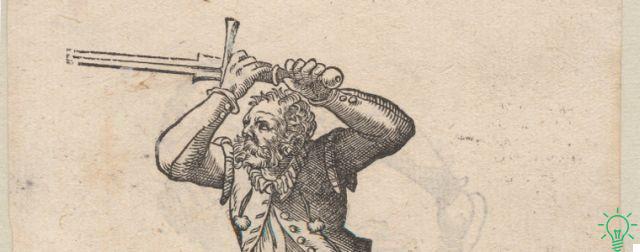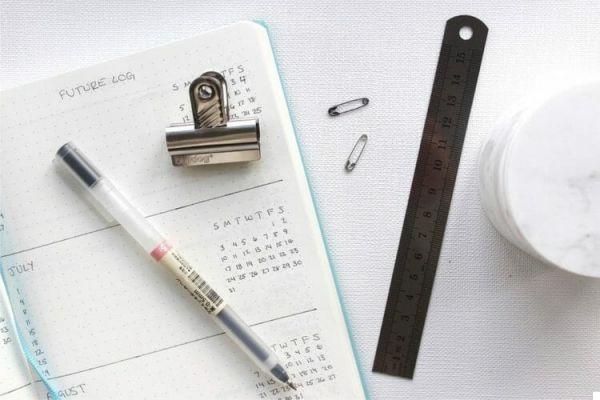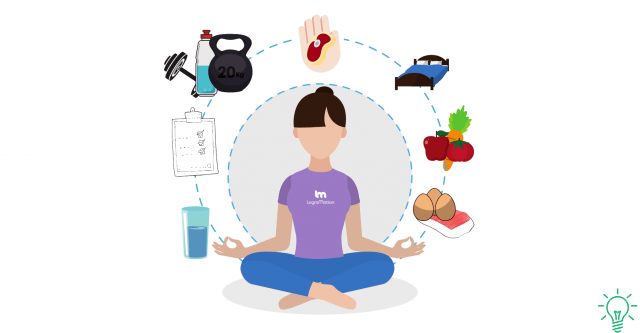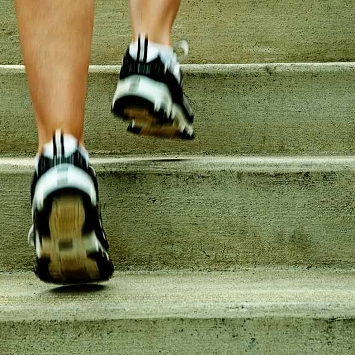We have been breathing since we were born. Breathing is a life act in itself. Most of the time, however, we do this automatically. In this article, we present three useful breathing techniques that can improve our physical and emotional well-being.

Last update: February 15, 2021
Breathing is synonymous with life, it is part of our existence from the moment we are born until "we breathe our last". We do this automatically, yet breathing is one of the basic physiological processes over which we can have some control. In this article we will present three useful conscious breathing techniques to improve awareness of our breaths.
Being aware of your breathing is the first step in learning to take care of yourself. This, in fact, allows us to block all the thoughts that grip our mind and keep the annoying internal dialogue at bay. But there is much more: being aware of your breath allows you to manage and direct it.
Improper breathing can cause fatigue, depression or anxiety. Conscious breathing helps solve these problems by improving the physical and mental condition. There are numerous conscious breathing techniques through which to control the mind and change thoughts and mood. In the following lines we present three.
Some guidelines on conscious breathing
Our breathing varies according to the activity we are doing or our state of mind. When we perform conscious breathing, the first effect we produce is a control over our thoughts, which in turn affect our emotions.
When performing any breathing technique, it is recommended not to exceed thirty minutes of daily practice.
Conscious breathing always occurs through the nose, both to inhale and to exhale, even when the technique involves slow breaths. It is common to think that an abundance of oxygen in the blood is healthy, but this is not the case.
The purpose of conscious breathing is to maintain correct cellular oxygenation and that the levels of CO2 present in the blood allow normal vasodilator functions to be carried out.
Otherwise, you will go into a state of hyperventilation whereby the CO2 levels in the blood will decrease; as a result, the blood vessels will contract. This is the case with holotropic breathing. The latter type of breathing should be performed under the supervision of a professional.
3 conscious breathing techniques
Slow abdominal breathing
If we observe the way we breathe, we will realize that in many cases the air we inhale only enters the upper part of the lungs. If, on the other hand, we observe the breathing of a child, we will see that the air he inhales swells his belly.
Over time, we actually tend to lose the ability to take deep, calm breaths. Regaining abdominal breathing is the aim of this technique.
By bringing the air to the abdomen and noticing how it swells, we use full lung capacity. With abdominal breathing, we allow air to reach even the lowest part of the lungs.
It is very important to do it slowly, to be exact you have to count to five both when you inhale and when you exhale. This is the simplest technique to start becoming aware of your breathing. On top of that, it calms anxiety.
Keep the breath
To perform this technique, you need to take a deep breath and hold the air in your lungs for 10 seconds. After this time, we can slowly release the air. This technique is widely used for relieving tension.
Reverse retention breathing consists of doing ten slow breathing exercises, expelling as much air as possible on the eleventh exhalation. Try to keep your lungs empty for as long as possible before inhaling the air normally again.
This exercise is performed sequentially between ten and fifteen times. It is especially indicated for those with insomnia problems.
Technique of increasing the respiratory rate
This technique has several variations, but all consist of performing a two-second breathing cycle: one second to inhale and one second to exhale. It is used when you feel lacking in energy. This conscious breathing technique has the same stimulating effect as coffee.
A variation of this type of breathing is to mentally visualize yourself expelling laziness and apathy each time you exhale. People who tend to suffer from anxiety or high blood pressure should avoid this technique because it increases the heart rate.


























